What Spices Go in Sausage? Top 10 Essential Spices Explained
The most common spices used in sausages include paprika, garlic, black pepper, cumin, mustard seeds, coriander, thyme, sage, fennel seeds, and oregano. Each spice contributes unique flavors depending on the sausage type and regional tradition.
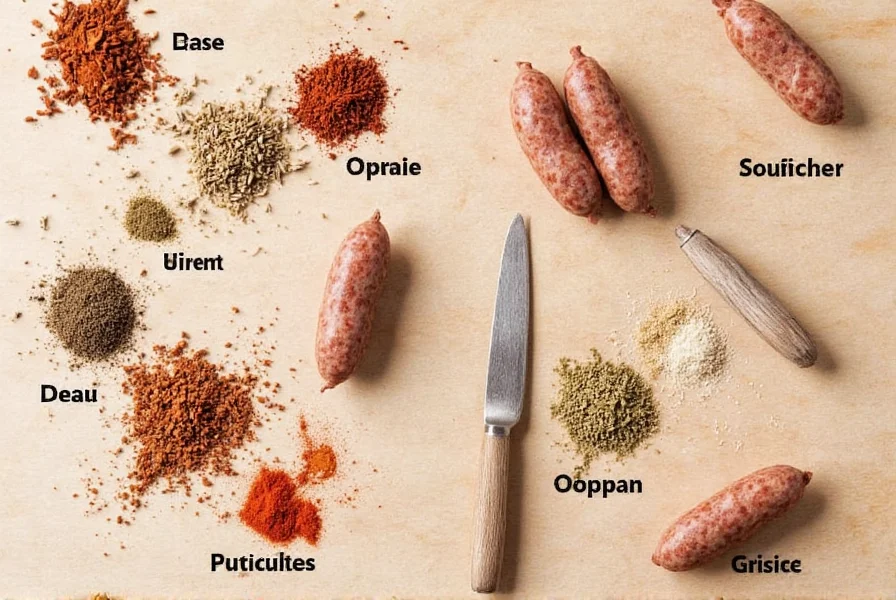
These spices form the foundation of sausage recipes worldwide, with variations based on meat type, cooking method, and cultural influences. For example, Italian sausages rely heavily on fennel and oregano, while German bratwurst uses mustard seeds and marjoram.
Top 10 Spices for Sausage Making
Paprika
Paprika is essential for Spanish chorizo and Hungarian sausages. Sweet paprika adds mild sweetness, while smoked paprika provides deep, smoky notes. It also enhances color and balances other spices.
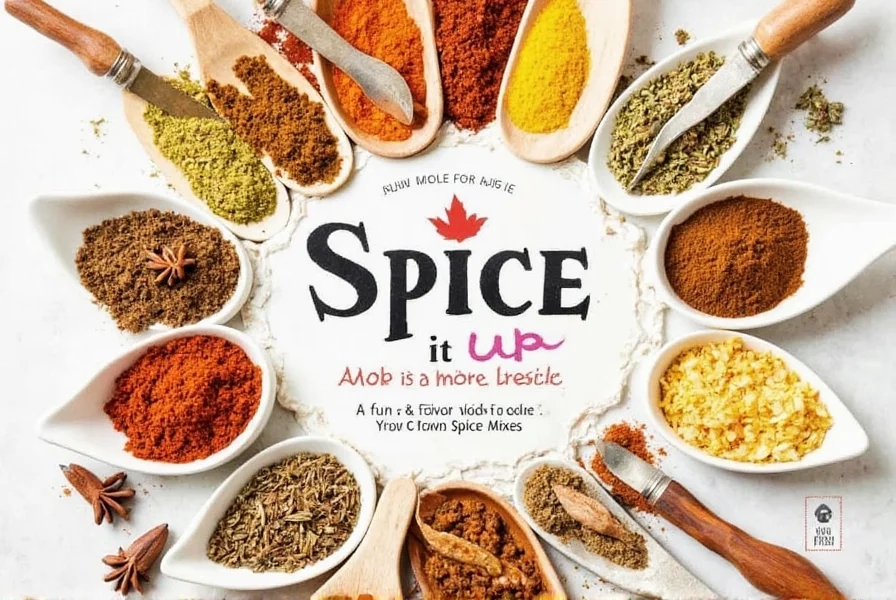
Garlic
Garlic is a universal flavor enhancer in all sausage types. Fresh or powdered garlic adds savory depth and acts as a natural preservative. It pairs perfectly with pork and beef.

Black Pepper
Black pepper provides subtle heat and complexity. Used whole or ground, it's essential in German, Italian, and American sausages. White pepper offers a milder alternative for lighter sausages.
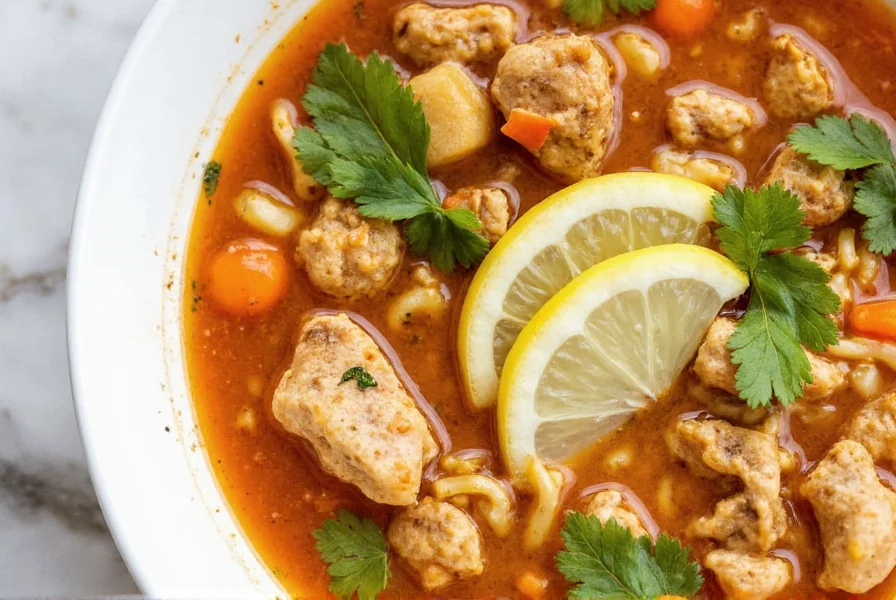
Cumin
Cumin delivers earthy warmth, commonly used in Mexican chorizo and Middle Eastern sausages. It complements lamb and beef exceptionally well and balances sweet spices like paprika.
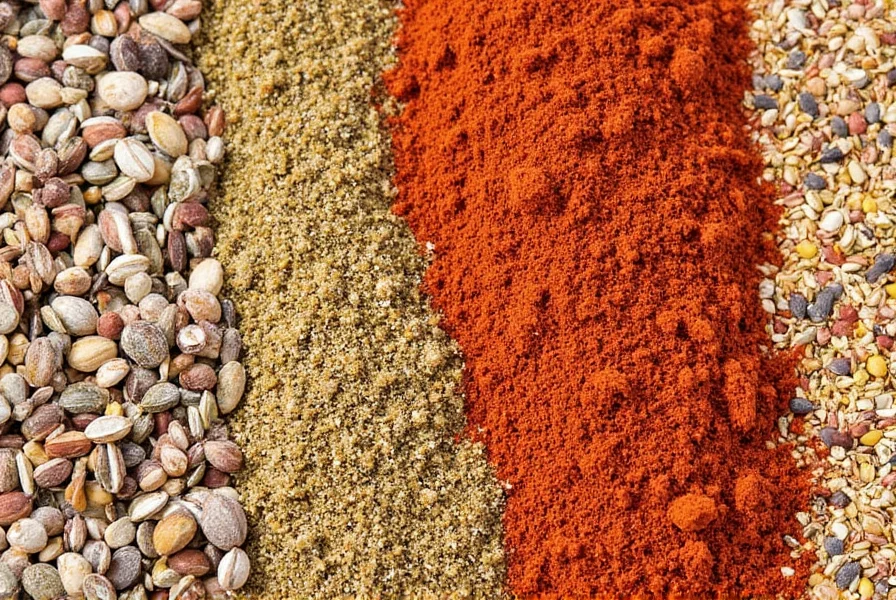
Mustard Seeds
Mustard seeds add a sharp, tangy bite to German bratwurst and Eastern European sausages. Whole seeds provide texture, while crushed seeds release more flavor during cooking.
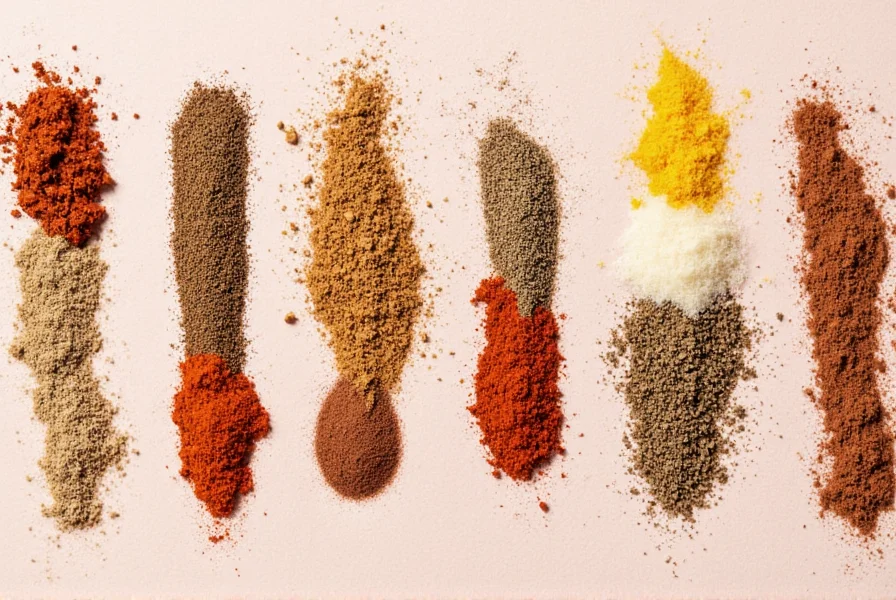
Coriander
Coriander offers citrusy sweetness, popular in Mediterranean and North African sausages. It pairs beautifully with lamb and chicken sausages and balances stronger spices like cumin.
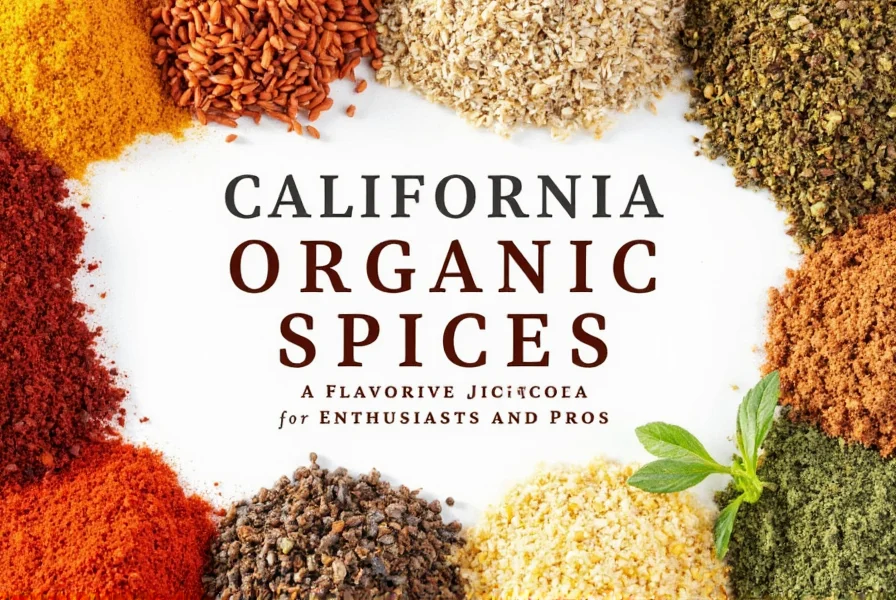
Thyme
Thyme provides subtle herbal notes, ideal for pork and chicken sausages. Its aromatic quality enhances flavor without overpowering other ingredients.

Sage
Sage is a staple in American breakfast sausages and European pork sausages. Its earthy, slightly peppery flavor stands up to rich meats and complements fatty cuts perfectly.
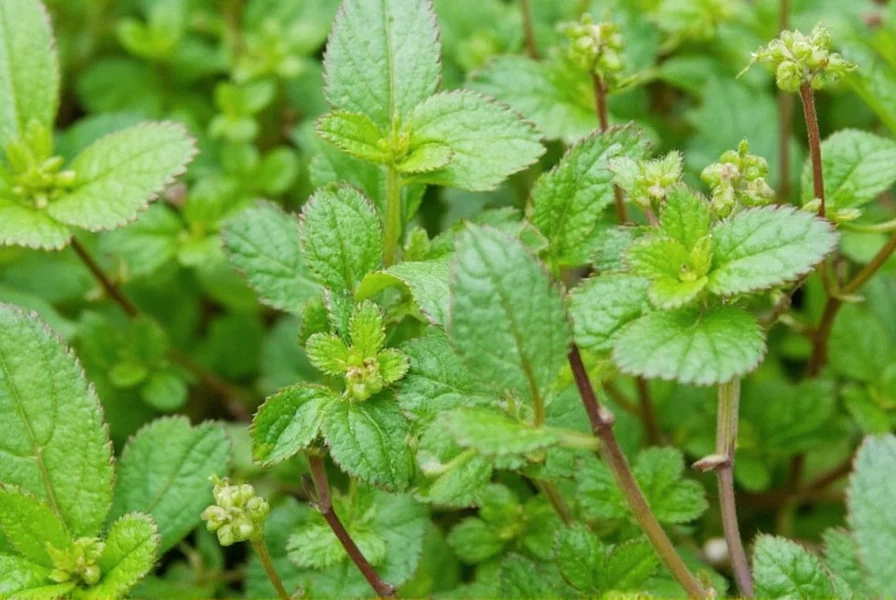
Fennel Seeds
Fennel seeds define Italian sausage with their licorice-like flavor. Paired with garlic and oregano, they create the classic Italian sausage profile. Sweet Italian sausage uses fennel without added heat.
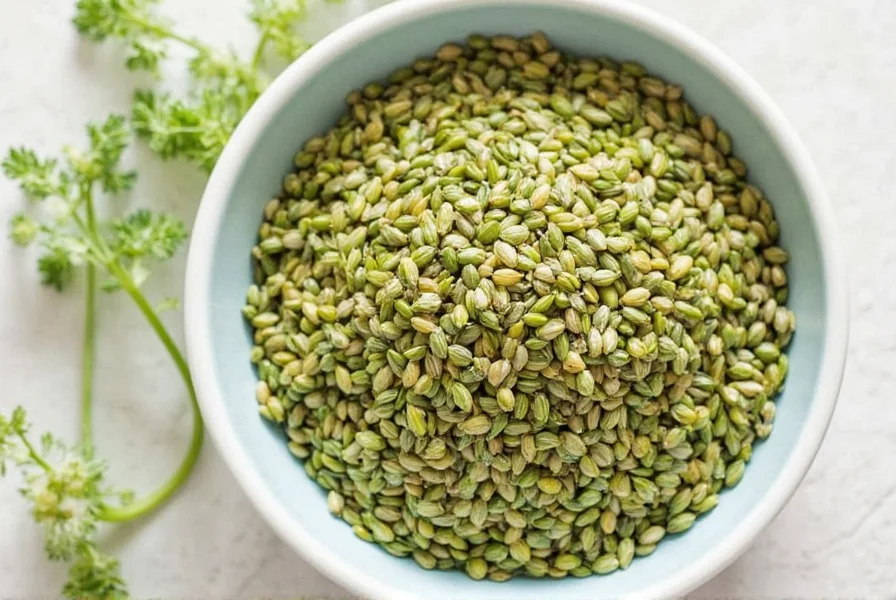
Oregano
Oregano adds robust, slightly bitter notes to Italian and Greek sausages. It works well with tomatoes, garlic, and olive oil, making it essential for Mediterranean-style sausages.
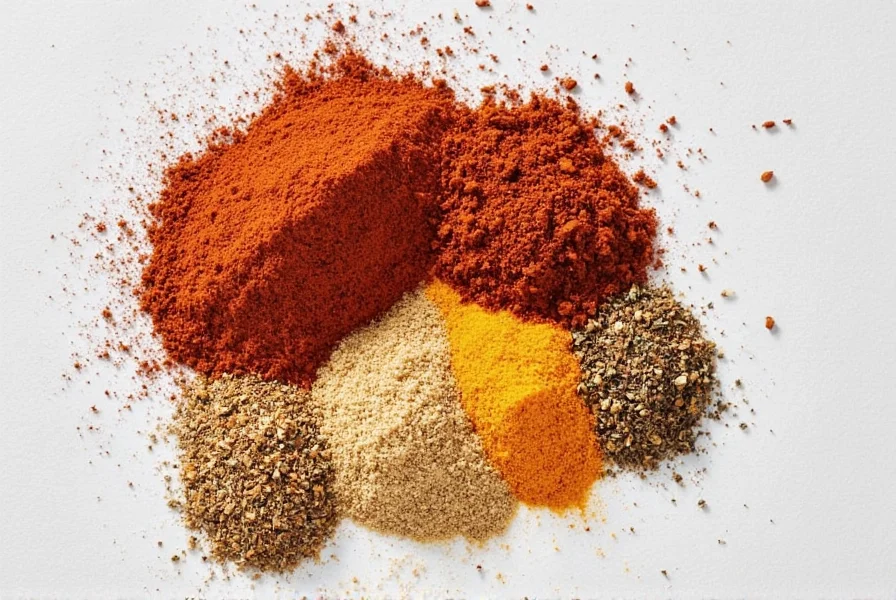
| Spice | Best For | Key Characteristics |
|---|---|---|
| Paprika | Spanish, Hungarian, and American sausages | Smoked or sweet varieties; adds color and depth |
| Garlic | All sausage types | Enhances flavor and preservation; fresh or powdered |
| Black Pepper | German, Italian, and American sausages | Enhances depth and complexity; available whole or ground |
| Cumin | Mexican and Middle Eastern sausages | Earthy and warm; pairs well with lamb and beef |
| Mustard Seeds | German and Eastern European sausages | Sharp, tangy bite; used whole or crushed |
| Coriander | Mediterranean and North African sausages | Citrusy and slightly sweet; pairs with lamb and chicken |
| Thyme | Pork and chicken sausages | Subtle herbal notes; aromatic without overpowering |
| Sage | Breakfast sausages and European pork sausages | Earthy, peppery flavor; complements fatty meats |
| Fennel Seeds | Italian sausages | Licorice-like flavor; essential for authentic Italian profile |
| Oregano | Italian and Greek sausages | Robust, slightly bitter; works with tomatoes and garlic |
How to Use Spices in Sausage Making
- Start with small amounts: Spices should make up 1-3% of total meat weight. Begin with 1% and adjust after cooking a test patty.
- Use fresh, high-quality spices: Whole spices retain flavor longer. Grind them just before use for maximum potency.
- Balance sweet and spicy elements: Combine paprika (sweet) with black pepper (spicy) for complex flavor profiles.
- Match spices to meat type: Pork pairs well with sage and fennel; beef benefits from cumin and paprika; chicken works with thyme and coriander.
Frequently Asked Questions
What are the most common spices used in sausages?
The top 10 spices for sausages are paprika, garlic, black pepper, cumin, mustard seeds, coriander, thyme, sage, fennel seeds, and oregano. These form the foundation of most global sausage recipes.
How much spice should I use when making sausage?
Spices should account for 1-3% of the total meat weight. For a 5-pound (2.27 kg) batch, use 0.5-1.5 ounces (14-42g) of spices. Always start with the lower amount and adjust after cooking a test patty.
Can I use fresh herbs instead of dried spices in sausage?
Yes, but use three times the amount of fresh herbs compared to dried. Fresh herbs work best in fresh sausages cooked immediately, while dried spices are better for cured or smoked sausages due to their concentrated flavor and lower moisture content.
Do different meats require different spices?
Absolutely. Pork pairs with sage, fennel, and garlic. Beef benefits from black pepper, paprika, and cumin. Chicken or turkey sausages work well with thyme, coriander, and lemon zest. Lamb handles robust spices like cumin, coriander, and mint.
How do I store sausage spices to keep them fresh?
Store spices in airtight containers away from light, heat, and moisture. Whole spices last 2-4 years; ground spices last 1-2 years. Avoid storing near stovetops or windows to preserve potency.
Can I make my own sausage spice blends at home?
Yes! Homemade blends allow customization and avoid preservatives. Start with small batches using the ratios in this guide, then adjust to taste. Many traditional recipes are simply specific combinations of common spices in precise proportions.

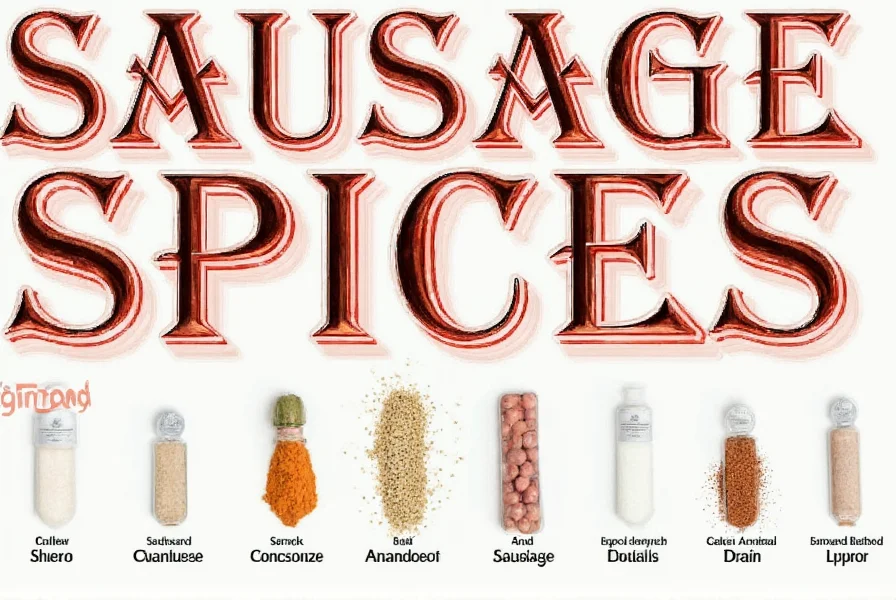









 浙公网安备
33010002000092号
浙公网安备
33010002000092号 浙B2-20120091-4
浙B2-20120091-4